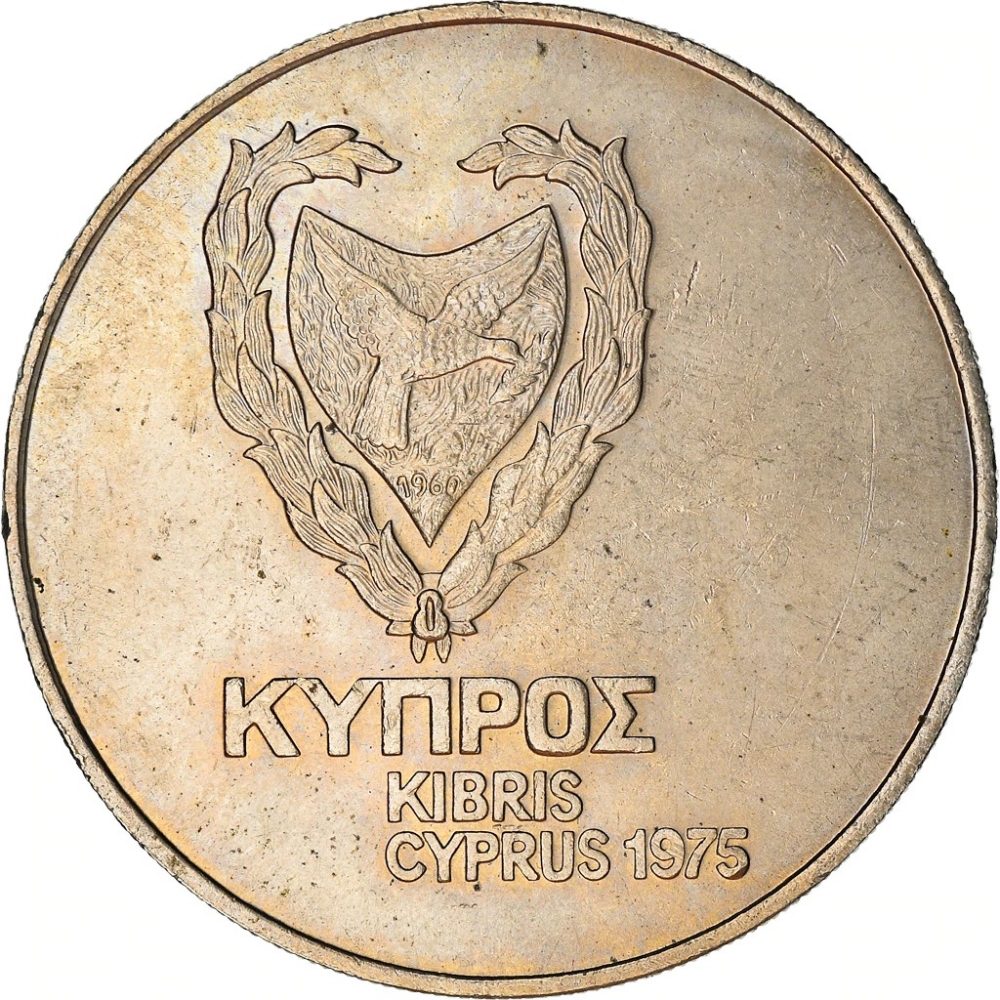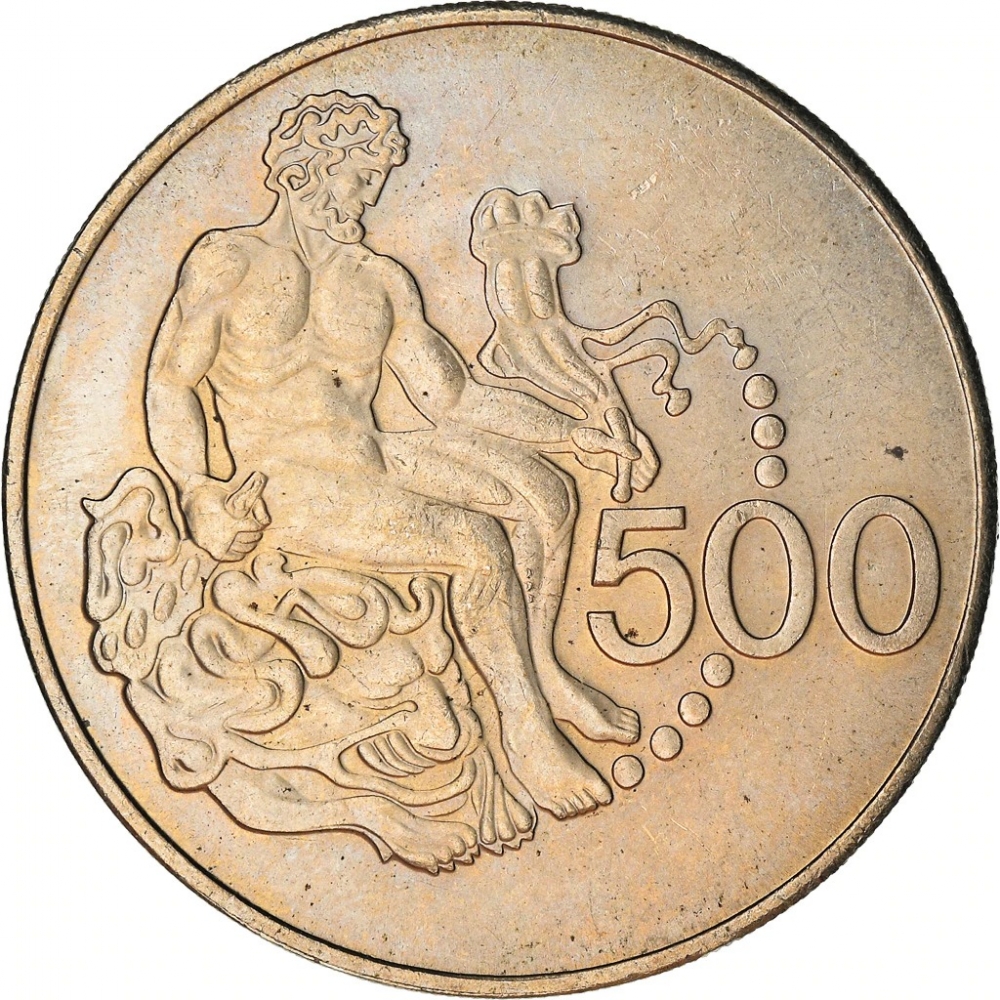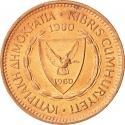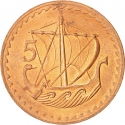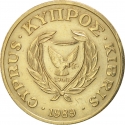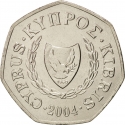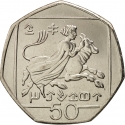You are about to finish your registration. Please check your mailbox (including spam folder). There should be a letter with a confirmation link. Check setting to make sure that your e-mail address is correct.
Send letter againDescription
The Nemean lion was a vicious monster in Greek mythology that lived at Nemea. It could not be killed with mortals' weapons because its golden fur was impervious to attack. Its claws were sharper than mortals' swords and could cut through any armor. The Nemean lion was sent to Nemea in the Peloponnesus to terrorize the city.
The first of Heracles' twelve labours, set by King Eurystheus (his cousin), was to slay the Nemean lion. While searching for the lion, Heracles fetched some arrows to use against it, not knowing that its golden fur was impenetrable; when he found the lion and shot at it with his bow, he discovered the fur's protective property when the arrow bounced harmlessly off the creature's thigh. After some time, Heracles made the lion return to his cave. The cave had two entrances, one of which Heracles blocked; he then entered the other. In those dark and close quarters, Heracles stunned the beast with his club. During the fight the lion bit off one of his fingers. He eventually killed the lion by strangling it with his bare hands.
After slaying the lion, he tried to skin it with a knife from his belt, but failed. He then tried sharpening the knife with a stone and even tried with the stone itself. Finally, Athena, noticing the hero's plight, told Heracles to use one of the lion's own claws to skin the pelt.
Heracles wore the Nemean lion's coat after killing it, as it was impervious to the elements and all but the most powerful weapons. Eurystheus warned him that the tasks set for him would become increasingly difficult. He then sent Heracles off to complete his next quest, which was to destroy the Lernaean hydra.
Obverse

|
Coat of arms, country name in Greek, Turkish and English, date below. 1960 |
|---|---|
Reverse

|
Depicts Hercules seated on a rock, covered with the Nemean lion's skin, holding the horn of plenty (cornucopia) in the left hand and a club in the right hand. 500 |
| Edge |
500 Mils
First Labour of Heracles
Nemean Lion
Subscribe series
KM# 44
First Labour of Heracles
Nemean Lion
Characteristics
| Type | Commemorative Issue (Circulating) |
| Material | Cupronickel |
| Weight | 14.14 g |
| Diameter | 32.31 mm |
| Thickness | - |
| Shape |
|
| Alignment | Medal |
| Mint |
Royal Mint
|
